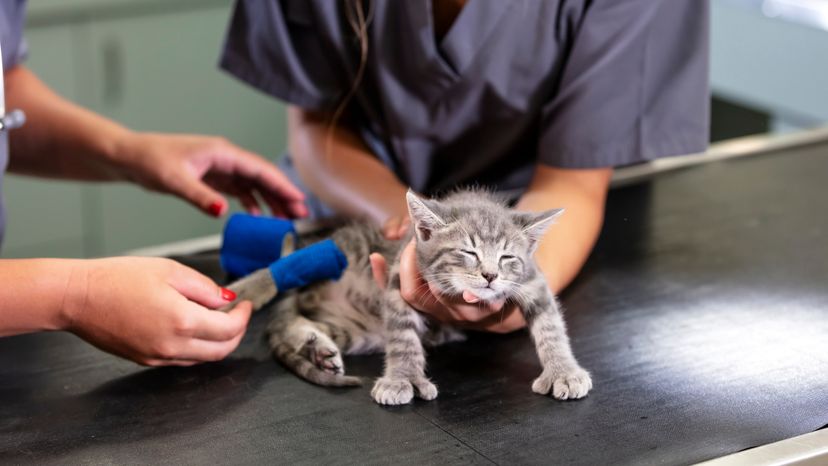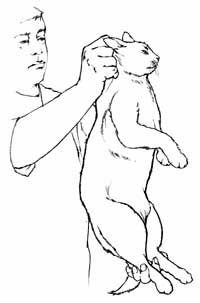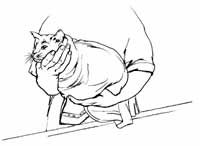
Restraining an injured cat is a great technique to learn to help your pet receive the proper cat care. How you approach the cat will depend on whether the cat is cooperative or uncooperative. This is important because a cat has five weapons: the mouth and four claws. Cats don't react in their usual manner when they're injured because of the stresses involved. The following methods should minimize your chances of being scratched or bitten by the frightened cat you are trying to help.
Advertisement

